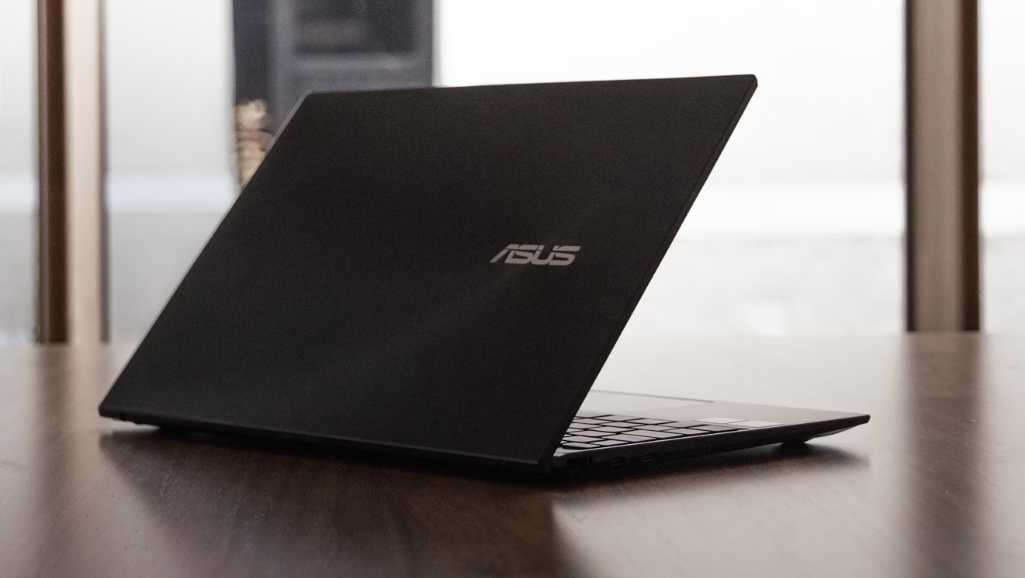
Asus laptop black screen fix
Asus Laptop Screen Not Working? Here’s How to Diagnose and Fix It Laptop screen issues can be frustrating, especially when your device powers on but

It’s crucial to use the original charger or a compatible one to avoid potential power mismatches that could further complicate the situation.If the laptop still doesn’t boot after charging, consider the following steps:
If you discover any physical damage, it may be the root cause of your booting problems. In such cases, it’s advisable to seek professional repair to avoid further damage to internal components.
Performing a hard reset does not erase any personal data, but it can reset certain settings back to their defaults.If the laptop boots up after this procedure, it indicates that the issue was likely related to a temporary configuration or power state. However, if the problem persists, further troubleshooting will be required to identify the underlying cause.
Ensure that the laptop’s brightness settings are not turned down to the lowest level, as this can make the screen appear blank.Follow these steps to troubleshoot the display settings on Windows:
Windows key + P to check projection settings.[Troubleshoot settings](https://www.asus.com/support/faq/1047158/) in the Windows search bar, then click Open.Additional troubleshooters.Playing Audio to troubleshoot sound issues that might accompany display problems.
Remember, incorrect changes to BIOS/UEFI settings can prevent your laptop from booting properly. Always note the original settings before making changes, so you can revert back if necessary.In some cases, you may need to access advanced options for additional troubleshooting. For instance, ASUS provides a Cloud Recovery feature in some models. To access this, you would press the [F7] key to enter the [Advanced] menu, then select [ASUS Cloud Recovery].
It’s crucial to follow the manufacturer’s instructions carefully during the update process to avoid any potential system failures.After updating, restart your laptop to see if the booting issue has been resolved. If the problem persists, consider the possibility of hardware failure or contact ASUS support for further assistance.

Screenshot illustrating the steps to enter Safe Mode. Image credit: GCFGlobal
Remember, while in Safe Mode, your laptop’s functionality will be limited. This mode is designed for diagnostic purposes and not for regular use. If your laptop boots successfully in Safe Mode, it’s likely that the problem is not with the hardware but with the software or drivers.If you’re unable to access Safe Mode using the above steps, refer to the official ASUS guide titled ‘[Windows 11/10] Troubleshooting – Device Boot Failure or …’ which suggests connecting a USB flash drive and using the shortcut key combination (Ctrl + R) to initiate the recovery process.
It’s crucial to identify whether the issue is caused by a recent software change, such as a new driver installation or software update. Reverting these changes or performing a system restore can often resolve the problem.If the laptop continues to exhibit issues like freezing, a black screen, or a white screen during usage, consider the following steps:
Remember, running these diagnostics can save you time and effort by identifying issues before they escalate. It’s a proactive step in troubleshooting that can often resolve minor problems without the need for further intervention.Once the diagnosis is complete, review the results carefully. The tool categorizes issues into scenarios, making it easier to understand the root cause of the booting problem. If hardware components are found to be malfunctioning, you may need to consider repairs or replacements.
Remember, handling internal components can be risky. Always ground yourself to prevent static damage and, if unsure, seek professional assistance.If after checking these components your laptop still won’t boot, consider the possibility of a more complex hardware issue that might require professional diagnostics tools or a service technician’s expertise.
Ensure you have your laptop’s model number and serial number handy before reaching out. This information will be crucial for ASUS Support to help you effectively.ASUS Support is equipped to handle a wide range of issues, and if necessary, they can also guide you through the process of sending your laptop in for repair. Remember, reaching out to the manufacturer is often the best course of action when faced with complex hardware or software issues.
Remember, repairs performed by unauthorized service providers may void your warranty and could potentially cause further damage to your device.By choosing an authorized service center, you also ensure that any replacement parts used are genuine ASUS components, maintaining the integrity and performance of your laptop.

Asus Laptop Screen Not Working? Here’s How to Diagnose and Fix It Laptop screen issues can be frustrating, especially when your device powers on but

Encountering the “No Bootable Device” error on your laptop can be alarming. This issue signifies that your system cannot locate a drive with an operating

Experiencing a non-booting ASUS laptop can be frustrating, especially when you’re unsure about the root cause. Common culprits range from simple issues like a depleted
|
*We are OPEN on 3 May 2025 (Polling Day). CLOSED ON 1 May 2025 (Labour Day) |